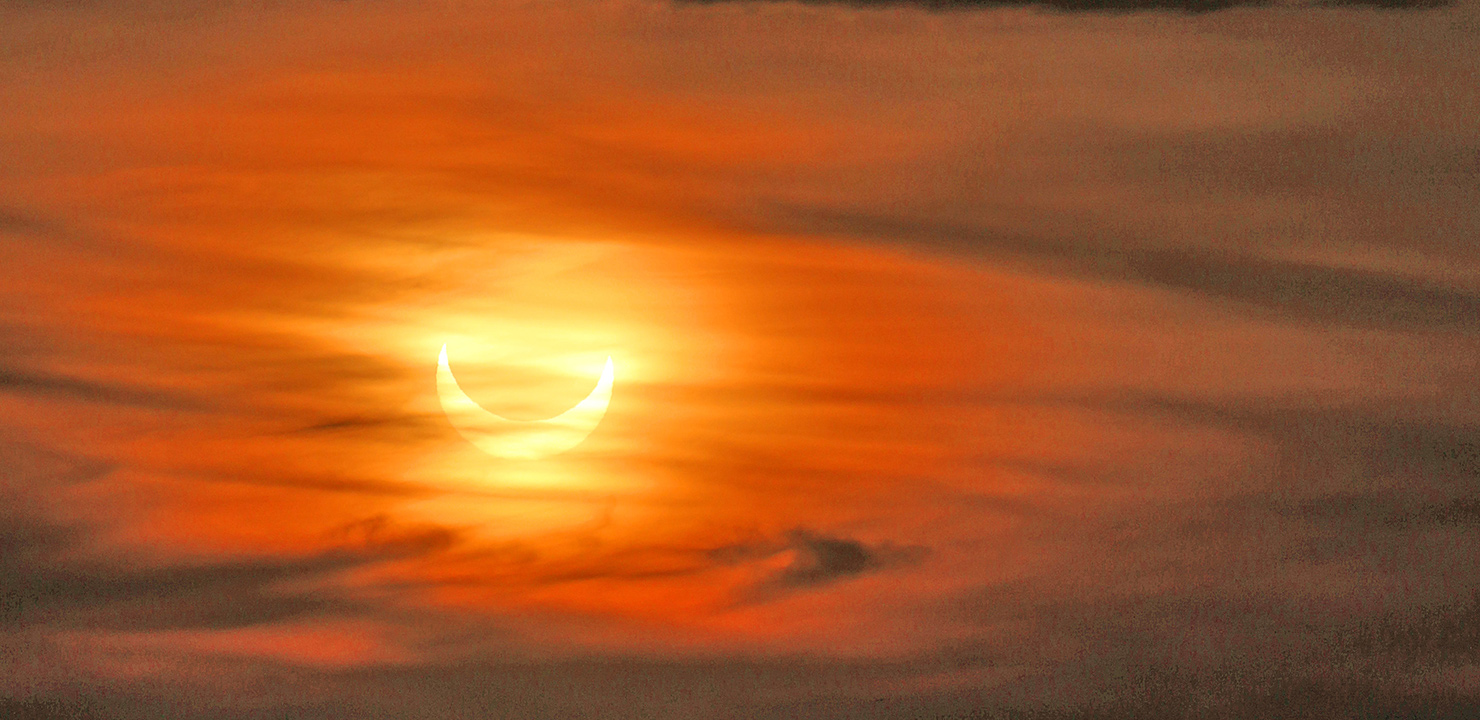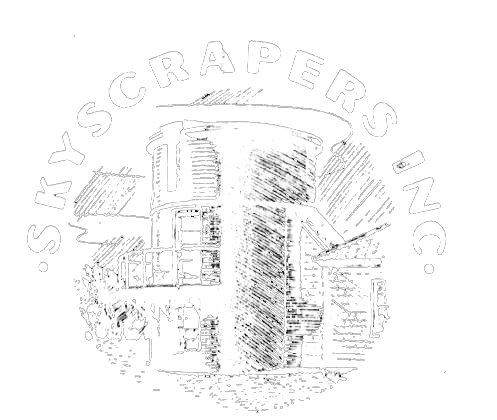
Upcoming Solar & Lunar Eclipses
April 2025 :
March 2025 saw a total lunar eclipse, which was clouded out, and a partial solar eclipse, also clouded out, pass over Rhode Island. With these notable events behind us, when can we expect the next ones to occur? To start planning, here are the dates and circumstances for the next partial as well as total lunar and solar eclipses.
Next Solar Eclipse in Rhode Island
The next solar eclipse over Rhode Island is a partial eclipse on Wednesday, August 12, 2026. This will be seen as a total eclipse from northern Russia, the Arctic, Greenland, Iceland, and Spain.
The eclipse begins at 1:03pm, reaches maximum at 1:55pm, and ends at 2:45pm. At maximum eclipse, the Moon is covering 14.41% of the Sun’s disk, and extends across 24.77% of its diameter from the north.
Next Total Solar Eclipse
The next total solar eclipse over Rhode Island occurs on Monday, May 1, 2079.
The partial eclipse is already in progress at sunrise, which occurs at 5:41am. Totality begins at 6:05am and lasts for 2 minutes 11 seconds, with mid-eclipse being at 6:06. Fourth contact is 6:59am.
The path of totality begins near Philadelphia and encompasses eastern PA, all of NJ, southern NY including NYC and Long Island, all of Southern New England, southern Vermont, southern New Hampshire, and coastal Maine. It then covers southern Brunswick, Nova Scotia, Newfoundland, central Greenland, far northern Ellesmere Island, NU, and across the Arctic Ocean.
Upcoming Lunar Eclipses in Rhode Island
On Tuesday, March 3, 2026, Rhode Island experiences a total lunar eclipse at moonset. This will be similar to the November 8, 2022 lunar eclipse, but unlike that one, when we experienced 77 minutes of totality before moonset, this one will be only 15 minutes of totality before moonset.
The penumbral eclipse begins at 3:44am, followed by the partial eclipse starting at 4:50am. Totality begins at 6:04am and moonset is at 6:19am. The conditions under which totality occurs, when the Moon is low to the horizon and deep in civil twilight (sunrise is at 6:17am), mean that the Moon will likely become completely invisible as it enters totality.
It is also notable that the Worm Moon lies within the non-zodiacal constellation Sextans from just after partial eclipse start (P1) until just before moonset. It lies almost entirely within the boundaries of Sextans at 5:48am.
There is a partial lunar eclipse on Thursday night, August 27-28, 2026. This is a 93% partial eclipse, and the entire event takes place when the Moon is above the horizon.
The Sturgeon Moon enters the penumbral phase at 9:23pm, and partial eclipse begins at 10:33pm. Maximum eclipse is at 12:12am, and the partial eclipse ends at 1:51am. The penumbral phase is complete at 3:01am.
The next favorable total lunar eclipse is on Monday night, June 25-26, 2029. This Strawberry Moon eclipse is the year’s lowest full Moon in elevation and it also crosses the Milky Way in Sagittarius during totality, which will make for a spectacular photo opportunity for observers under dark skies. This is also a very deep eclipse, as the eclipse path is very close to the center of Earth's shadow, which should make it one of the darkest lunar eclipses we have seen in a long time.
The Moon rises at 8:14pm, and the penumbral phase begins 20 minutes later, at 8:34pm. Partial eclipse starts at 9:32pm, and totality starts at 10:31pm. Mid-eclipse, when it will be darkest, is at 11:22pm. Totality ends at 12:13am, followed by the end of the partial phase at 1:11am, and finally, penumbral ends at 2:09am.
A partial solar eclipse occurred on June 10, 2021. The next partial solar eclipse is on August 12, 2026.



